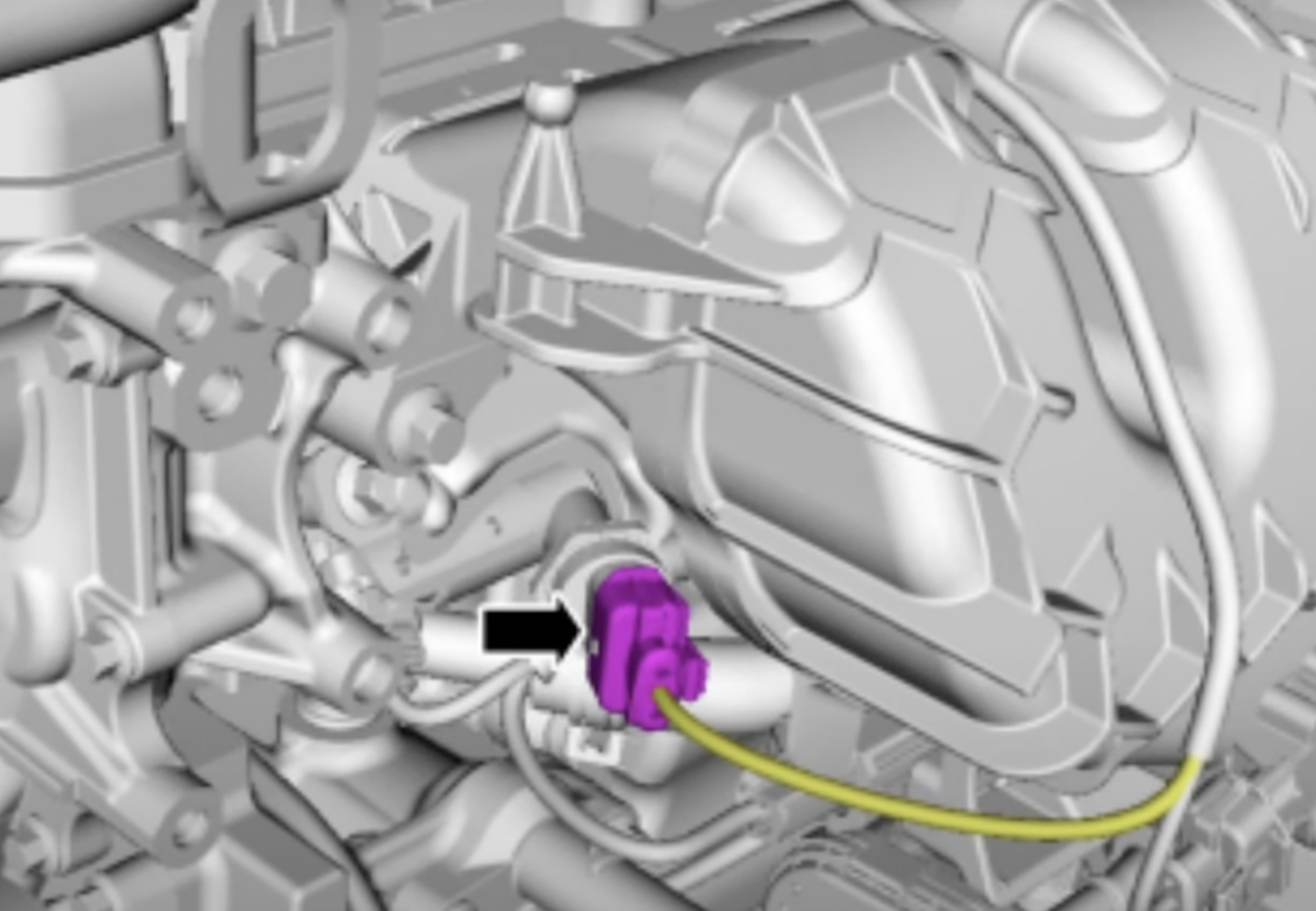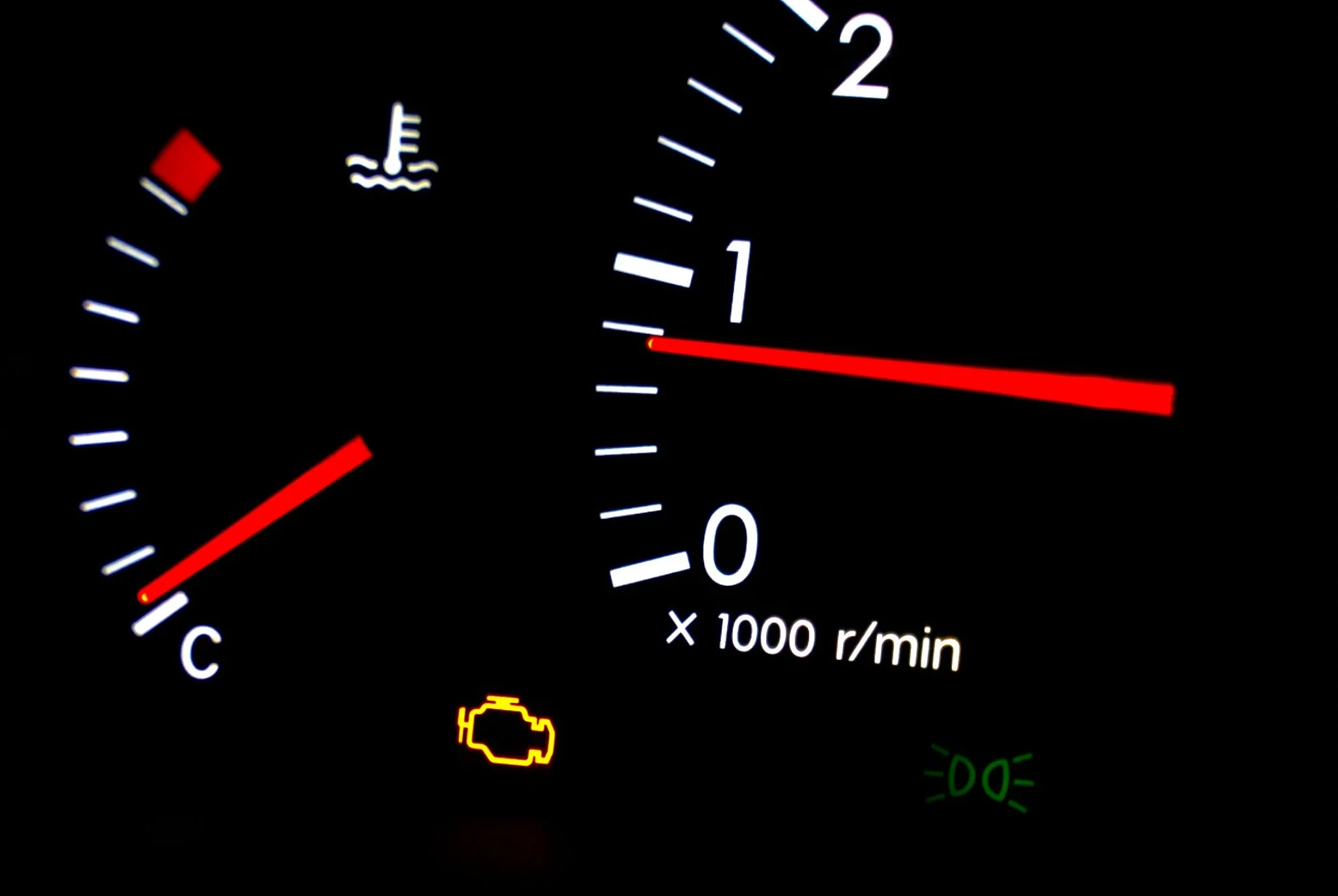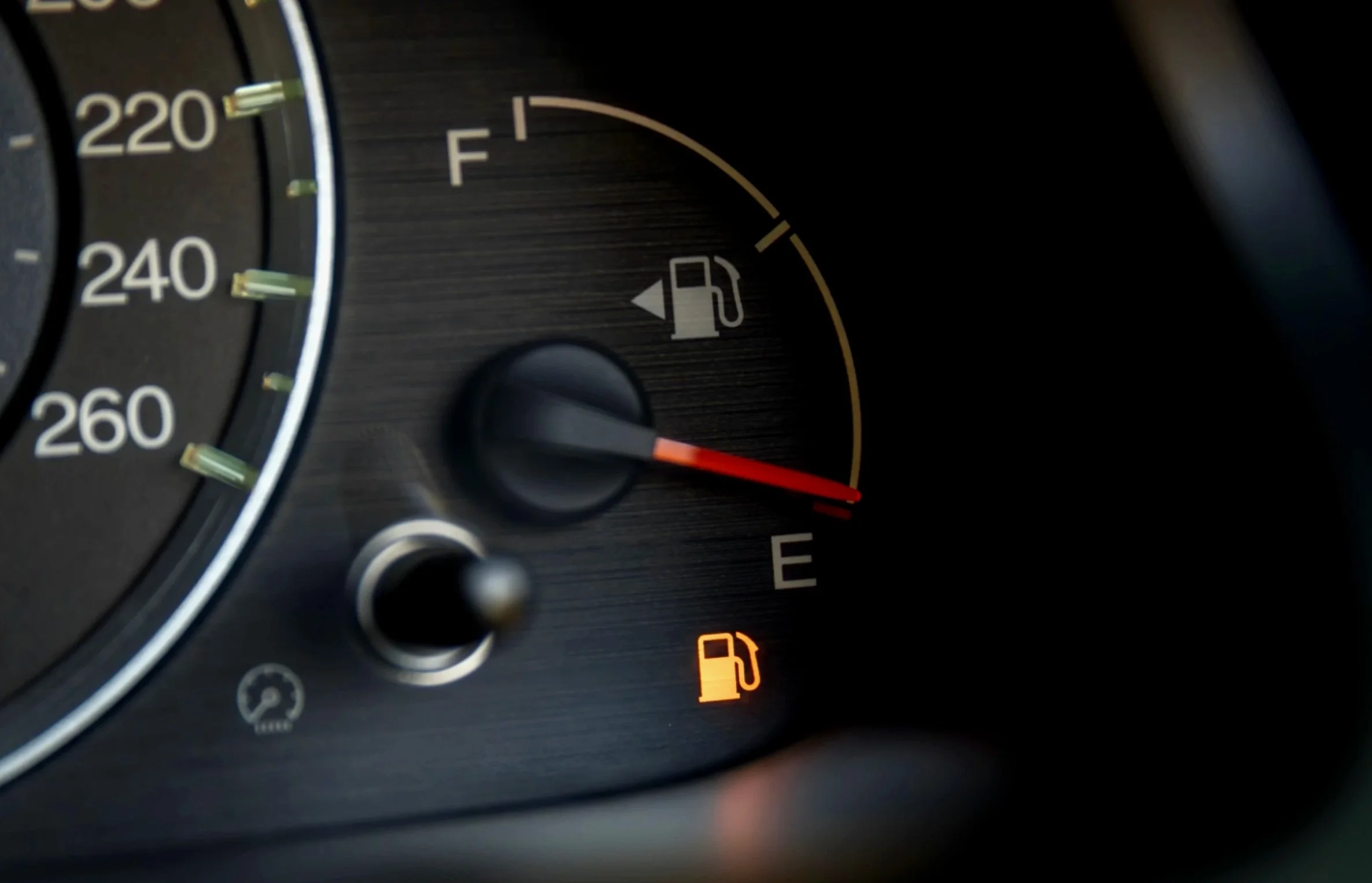5 SYMPTOMS OF A BAD FUEL RAIL PRESSURE SENSOR
If you're experiencing issues with your car's performance, it could be due to a bad fuel rail pressure sensor. This crucial component plays an essential role in your vehicle's fuel system, and when it's not functioning correctly, it can cause a range of problems. In this article, we'll explore what a fuel rail pressure sensor is, how it works, and common signs that it’s failing.
purpose
The purpose of the fuel rail pressure sensor is in the name. It measures the fuel rail pressure and sends it to the ECM. In some situations, this sensor also reads the temperature of the fuel. In simple terms, the fuel rail pressure sensor is used by the ECM (Engine Control Module) to calculate and send a signal to the fuel pump control module to control the speed of the fuel pump. This system is known as the electronic returnless fuel system. Your vehicle might not even have one. Instead, some cars have a fuel pressure regulator.
location
Typically, the fuel pressure sensor can be found on the fuel rail. If you’re struggling to find the sensor in your vehicle, I would recommend getting a repair manual here.
symptoms
check engine light
The first thing you may notice when your fuel pressure sensor isn't functioning properly is that the engine light will come on. This is because the engine control module can tell that something's not right with the sensor, and it wants to bring it to your attention. To help you diagnose the issue, there are certain codes that are associated with a faulty fuel rail pressure sensor:
P0190
P0191
P0192
P0193
P0194
Ensure you can access your car's diagnostic codes by acquiring an OBD2 scanner here.
There are times when your sensor may be faulty without triggering the check engine light. That's why it's important to keep an eye out for other symptoms as well.
HARD START
The second symptom of a faulty fuel rail pressure sensor is a hard start. You'll notice that the engine takes longer to turn on than usual, even though you can hear the starter cranking. This could be happening because the sensor is giving a false fuel pressure reading to the engine control module. And when the ECM gets the wrong information, it can make an incorrect decision about how to adjust the fuel mixture. As a result, the engine might be running too lean or too rich, making it hard for your vehicle to start. So, if you're having trouble getting your engine to turn over, and you've already checked your battery and starter, then it might be time to take a closer look at your fuel pressure sensor.
stalling engine
Another sign of a bad fuel rail pressure sensor that you could experience is your engine stalling. You’ll notice your vehicle randomly turns off when you’re parked or driving. This is due to the same factor as described in the previous symptom. The sensor gives a false fuel pressure reading, therefore, the ECM thinks it’s making the correct decisions. However, it ultimately gets fooled and ends up disrupting the air-fuel ratio, causing the vehicle to randomly turn off.
poor performance
The fourth symptom to keep an eye out for is poor performance. If you've noticed that your car is slower than usual, it could be due to a faulty fuel rail pressure sensor. In order for the engine to perform its best, the combustion chambers need to combust at the perfect air-fuel ratio. If air or fuel is disrupted, then your engine’s power will suffer. In this case, if the sensor is faulty, it will trick the ECM and will mess with the air-fuel ratio creating a loss of power.
poor fuel economy
The last symptom is poor fuel economy. If the air-fuel ratio is not optimal, it can directly affect your gas mileage. You may notice that you're visiting the gas station more often than usual or your vehicle isn't getting as many miles per gallon as it normally does. It's either because your engine is using too much fuel when it's not required or not enough fuel is being used, and a faulty fuel pressure sensor can be the culprit behind it all.
A quick tip that worked for me to get your car running better temporarily is to disconnect the fuel pressure sensor connector. This makes the ECM change the operating conditions and helps your car run better until you get the sensor replaced.
Check out my YouTube video!
Disclaimer: Some links in this article may be affiliate links.








